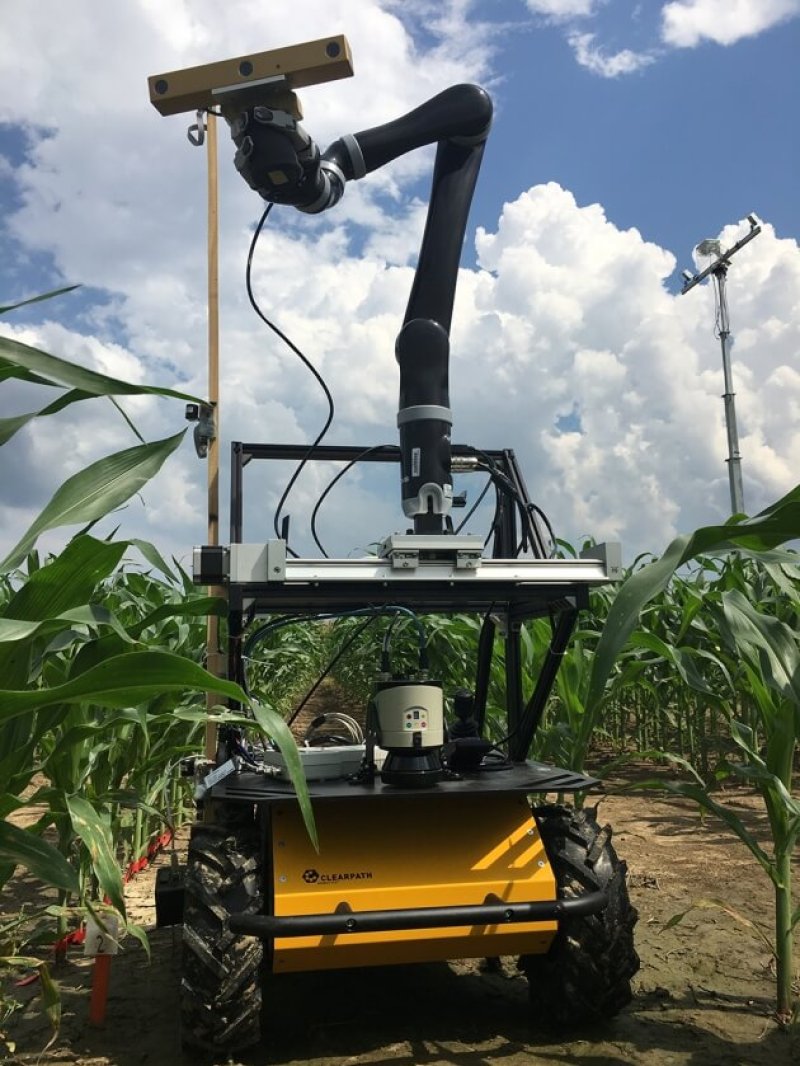It’s harvest season in the Northern hemisphere, so farmers head into the fields to gather the fruit of their hard labor ….
A few days ago, a boxy yellow robot rolled through the rows of yellow pepper patches in a Belgian greenhouse, spotting and picking the ripened fruit …. Named SWEEPER, the robot is a result of a collaboration between Israeli, Dutch, Swedish, and Belgian scientists—a complex piece of equipment aimed to help farmers and agricultural workers in the harvesting process ….
…
As the climate changes, heat waves intensify, and humidity increases, working long hours in the field is becoming more unhealthy, and in some cases dangerous, for humans. Even greenhouse conditions, tailored to the plants’ needs, may in some cases be too hot or humid for people. According to reported data, from 1992 to 2006, 68 crop workers in the United States died from exposure to environmental heat.
…
In essence, toiling in the fields …. humans will likely have to rely on robots to do some farming. “We don’t expect these robots to replace people,” says Yael Edan, professor of Agricultural, Biological and Cognitive (ABC) Robotics at Ben-Gurion University in Israel …. “We think they would help with tasks that are difficult for people to do.”
Read full, original article: Do We Really Need Robot Farmers?































